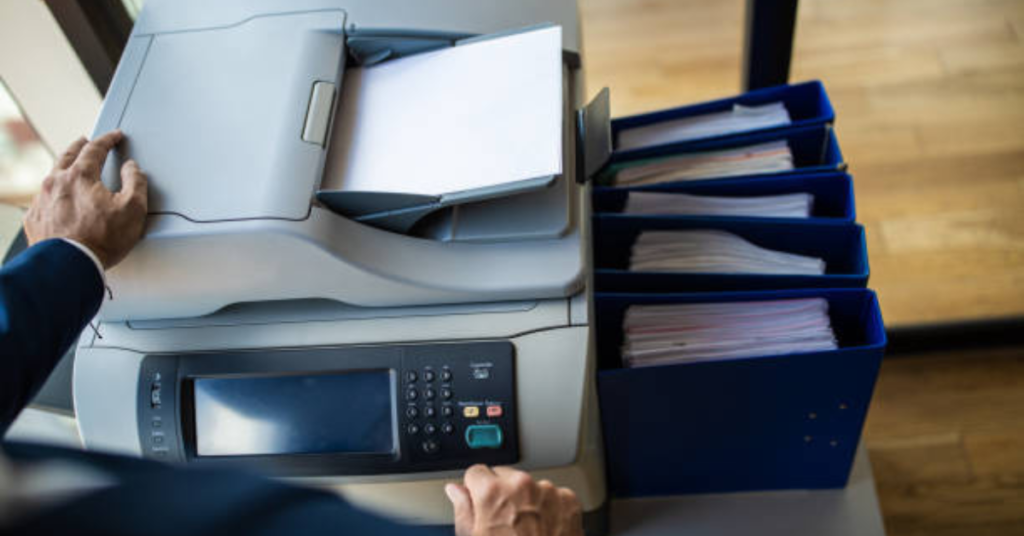Demystifying Data Analytics: A Beginner’s Guide
“Data is the new oil.”
This phrase has been used a lot in recent years, and with good reason. Data is becoming increasingly important in our lives and businesses, and those who know how to harness it effectively can reap some serious rewards.
However, for many people, the world of data analytics can seem daunting and overwhelming. Where do you start? What tools do you need? How do you make sense of all the data?
Don’t worry ? we’re here to help. In this beginner’s guide to data analytics, we’ll demystify some of the key concepts and give you practical tips on how to get started. So let’s dive in!
What is data analytics?
In a nutshell, data analytics is the process of extracting insights from data. This can be done using various methods, such as statistical analysis, machine learning, and data visualization.
There are many different applications of data analytics. For example, you could use data analytics to:
- Improve your marketing campaigns
- Increase sales and revenue
- Optimize your website or app
- Better understand your customers
- Improve customer retention
- Detect fraud or security threats
- Make better business decisions
As you can see, data analytics can be used for a wide variety of purposes. And with the right tools and techniques, you can glean valuable insights from even the most complex datasets.
How to get started with data analytics?
If you’re new to data analytics, the best place to start is by learning the basics. There are a few key concepts that you need to understand before you can start working with data.
These concepts include:
- Data collection
- Data cleaning
- Data analysis
- Data visualization
Each of these topics will be covered in more detail later on. But for now, let’s take a brief look at each one.
Data collection is the process of gathering data from various sources. This can be done manually or automatically using tools like web crawlers. Once you have collected the data, it needs to be cleaned and organized so that it can be analyzed effectively.
Data analysis is the process of extracting insights from data. This can be done using various methods, such as statistical analysis, machine learning, and data visualization.
Data visualization is the process of creating visual representations of data. This can be done using tools like charts, graphs, and maps.
These are just a few of the key concepts that you need to understand before you can start working with data. There are many other concepts and techniques that you’ll need to learn as well. But don’t worry ? we’ll cover all of them in this guide.
So now that you know the basics, let’s take a look at some practical tips on how to get started with data analytics.
1. Start small
When you’re just starting out, it’s important to start small. Don’t try to tackle too much data at once. Start with a smaller dataset that you can handle easily. This will help you get a feel for the process and give you a chance to practice your skills.
2. Use the right tools
There are many different tools and technologies that you can use for data analytics. But it’s important to use the right tools for the job. Otherwise, you’ll just be wasting time and effort.
3. Find a mentor
One of the best ways to learn anything is to find someone who knows more than you do and learn from them. This is especially true for data analytics. If you can find a mentor who can
When you’re first getting started with data analytics, it’s important to start small. Don’t try to tackle too much data at once. Start with a smaller dataset that you can handle easily. This will help you get a feel for the process and give you a chance to practice your skills.
When you’re first getting started, it’s also important to use the right tools. There are many different tools and technologies that you can use for data analytics. But it’s important to use the right tools for the job. Otherwise, you’ll just be wasting time and effort.
Finally, one of the best ways to learn anything is to find someone who knows more than you do and learn from them. This is especially true for data analytics. If you can find a mentor who can teach you the ropes, you’ll be well on your way to becoming a data analytics expert.
Conclusion:
Data analytics can be a great way to better understand your customers, improve customer retention, detect fraud or security threats, and make better business decisions. But it’s important to start small and use the right tools if you want to be successful. And finally, finding a mentor can be incredibly helpful in learning data analytics.



